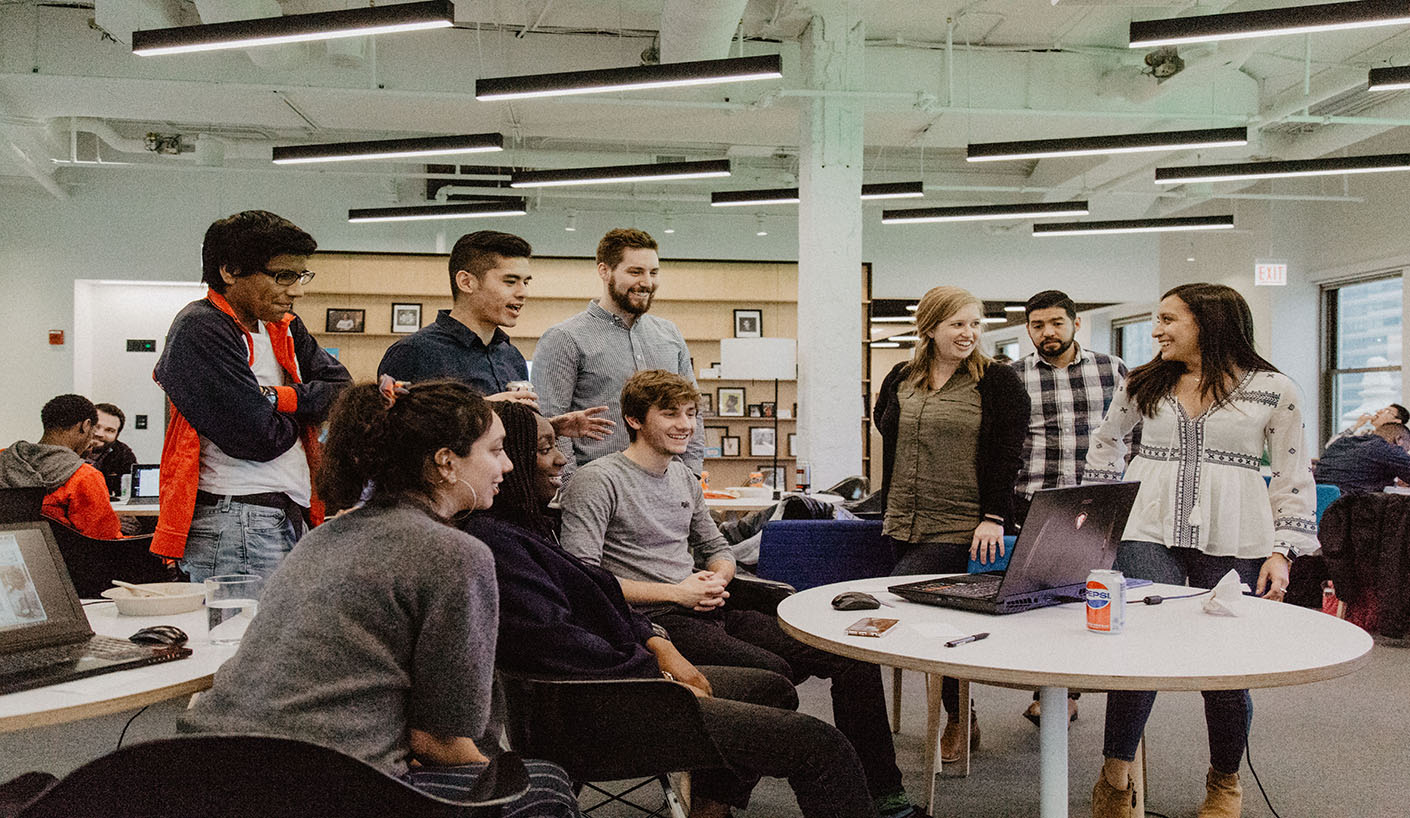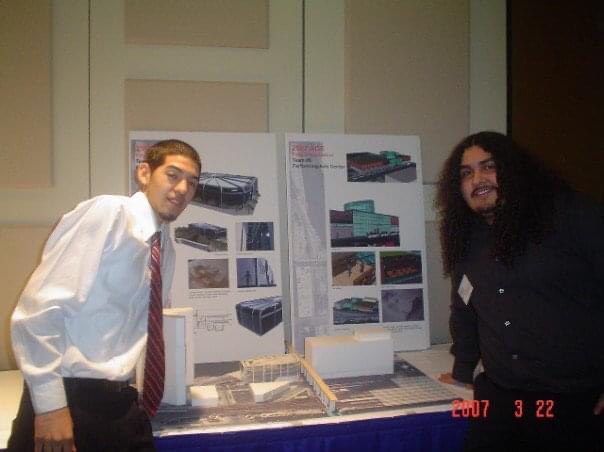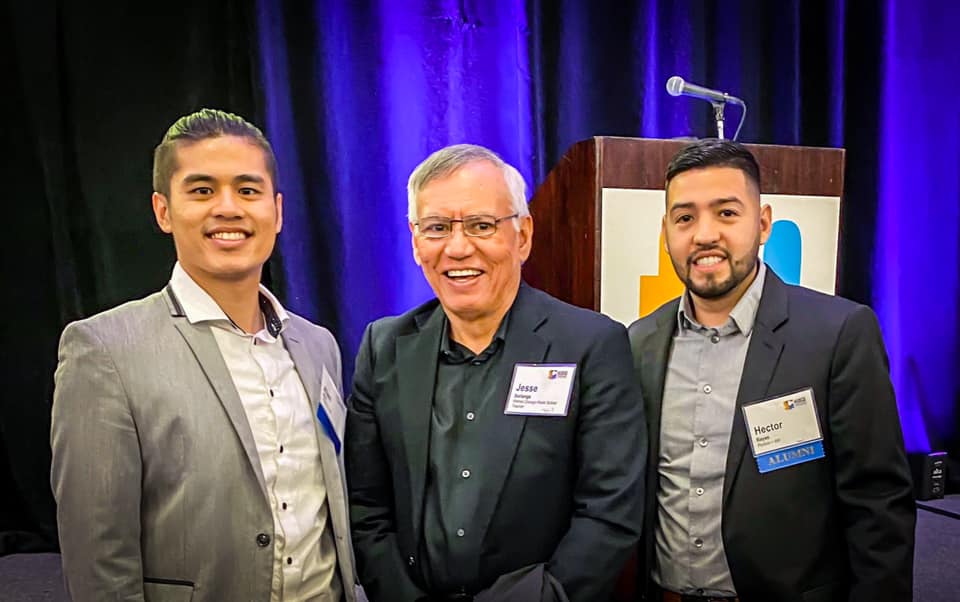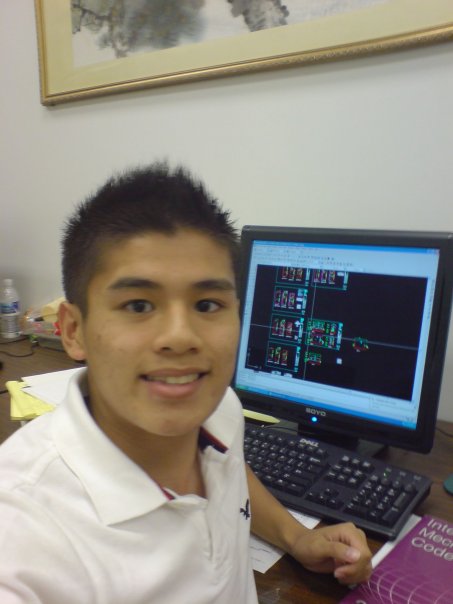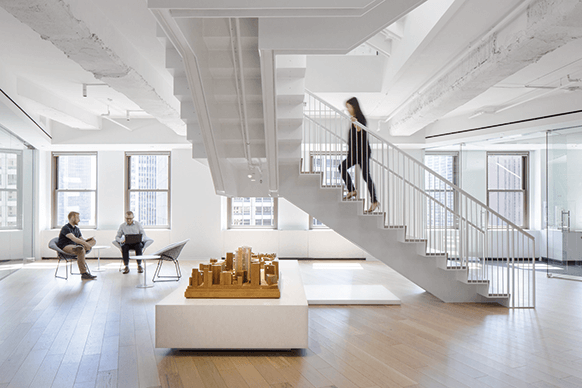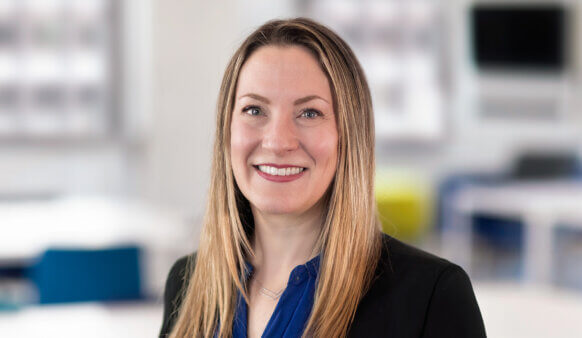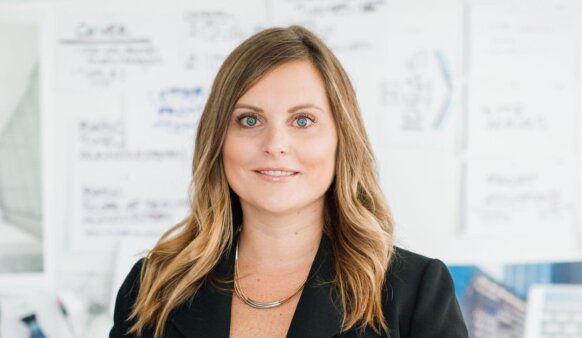Our studio has been an active part of ACE Mentor Chicago since its inception over 20 years ago. I became a mentor after joining Perkins&Will, and in 2016 took over leadership of the group to build on the foundational work of previous leaders Aimee Eckmann (Past President and current Board Member), Jessica Figenholtz (Director Emeritus) and Cary Lancaster.
The ACE Mentor Program connects high school students from historically disadvantaged communities with practicing professionals in Architecture, Construction and Engineering for a hands-on 20-week program. In the Chicago chapter, over 300 students from more than 70 area high schools (primarily Chicago Public Schools) participate each year. Through the ACE program and its participating companies, students have the opportunity to earn academic scholarships and paid internships, and participate in a 7-week design-build apprenticeship program.
I was excited to sit down with my fellow mentors and ACE alumni, Alan Mui and Hector Reyes, to reflect on their personal experiences and the broader impact of the program. We all share in ACE’s mission to build a more unified, inclusive, and diverse workforce and are dedicated to continuing these efforts at Perkins and Will.
